Barry’s Virtual Art Academy student, Meng Qing Sheng, just held his second major national exhibition in Xian, China, home to the famous terracotta warriors. The exhibition was a tremendous success and attracted a lot of attention, with Meng selling 20 paintings during the exhibition.
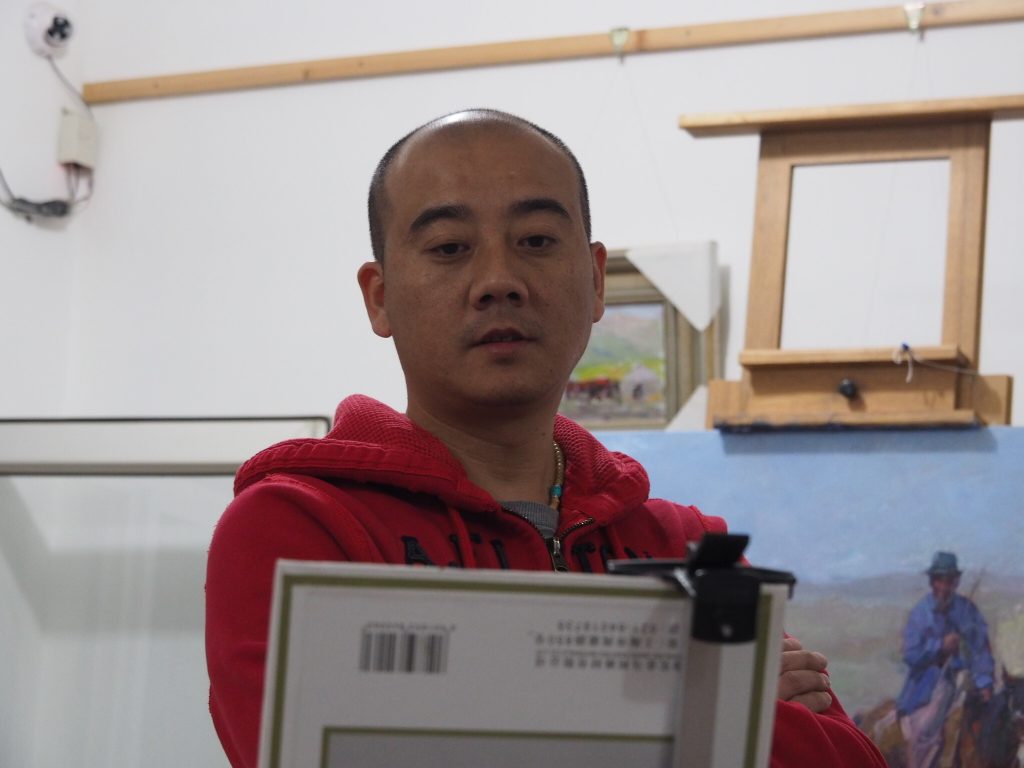
The concepts of Visual Music & Poetry® that is the core of the Virtual Art Academy Program, and Barry’s ideas around Abstract Realism is quite new to China. Rarely have they seen brushwork and color combined in this way before. The exhibition generated quite a lot of excitement in China.
“I think we are seeing here the germ of a new and exciting movement in China, where the focus is more on the artistic expressions of color and creative brushwork, and less on the mechanical rendering of every fine detail in a scene for the viewer.
This is contrary to the current widespread practice in China of working from photographs. Many contemporary artists in China follow a form of photorealism that started in America in the 60’s with artists such as Chuck Close, and Richard Estes“. Or they are copying the recent trend of Classical Realism that gained momentum in the late 1990’s. The Classical Realism style, as practiced by artists such as William-Adolphe Bouguereau, actually dates back to the mid 1800’s. The Classical Realism style can produces beautiful work for sure, but paintings created using that style often do not take advantage of a lot of the new knowledge and techniques of abstract design that were discovered in the 20th century. Principles for example such as flattening values and notan design, combined with unequal space division, and advanced and complex color harmony, as well as expressive brushwork.
21st Century Abstract Realism on the other hand (which I define in my Visual Poetry and Music® model), is quite different from all these other movements. In fact I would argue that it is not even a style but a synthesis movement, bringing together knowledge from two ends of a continuum from abstraction to realism. It lets the artist choose where along the continuum they want to work, and use whatever technique or ‘style’ works for them. I strongly dislike the term ‘style’ because it pigeon holes an artist. Using the Visual Music & Poetry® model as a guide, you can paint using whatever style you want.
To me it, 21st Century Abstract Realism represents an evolution, not a revolution, in painting. It combines 19th century traditional Academic knowledge with the newer ideas of design that were explored in the Modern Art and Abstract Expressionist movements of the 20th century in the West, to create more engaging work. Some of these abstract design ideas, most notably the concept of space division in picture design, were actually developed in the art of the East (in Japanese wood block prints) far earlier and subsequently copied by the French Impressionists in the late 19th century.
This new 21st Century Abstract Realism movement or should I call it ‘philosophy’?, also takes advantage of the body of knowledge of expressive brushwork that derives from traditional Chinese painting 国画. This is an art that is highly developed in China and Japan, and that has been developed over many centuries.
I am now starting to see small pockets of this new thinking break out around the world. There is a small pocket of exciting artists working in Moscow, plus a handful of artists in the USA, and Europe, as well as now China after my visits there these past ten years starting to explore these ideas.
This new philosophy, which relies to a greater extent on painting en plein air, rather than in the studio, and which combines both Eastern and Western traditions leaves room for the viewer’s imagination to bring his or her own experiences into the painting. Yet at the same time is does not lose the feeling of a place, as do earlier movements that employed expressive brushwork such as the mid 20th century Abstract Expressionist movement. Expressive brushwork, that you cannot achieve with highly blended paintings, adds a further dimension to the work that makes the work more exciting and vibrant when viewed up close compared with a more photorealist approaches.
For me this is a very exciting time in painting! Well done Meng! 加油!- “jah yo” – add gas/petrol in China – it means keep going faster! There is a lot of ground yet to cover, and there are a lot of entrenched ideas in the art world, so the way forward in painting using these ideas is sure to be a difficult road.
Barry John Raybould
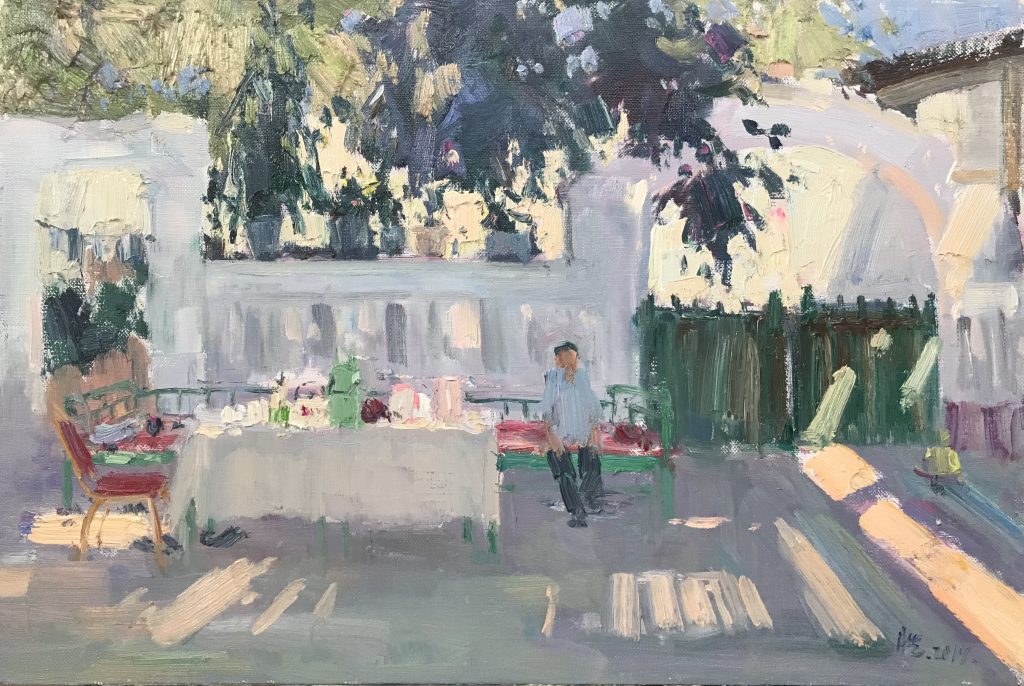
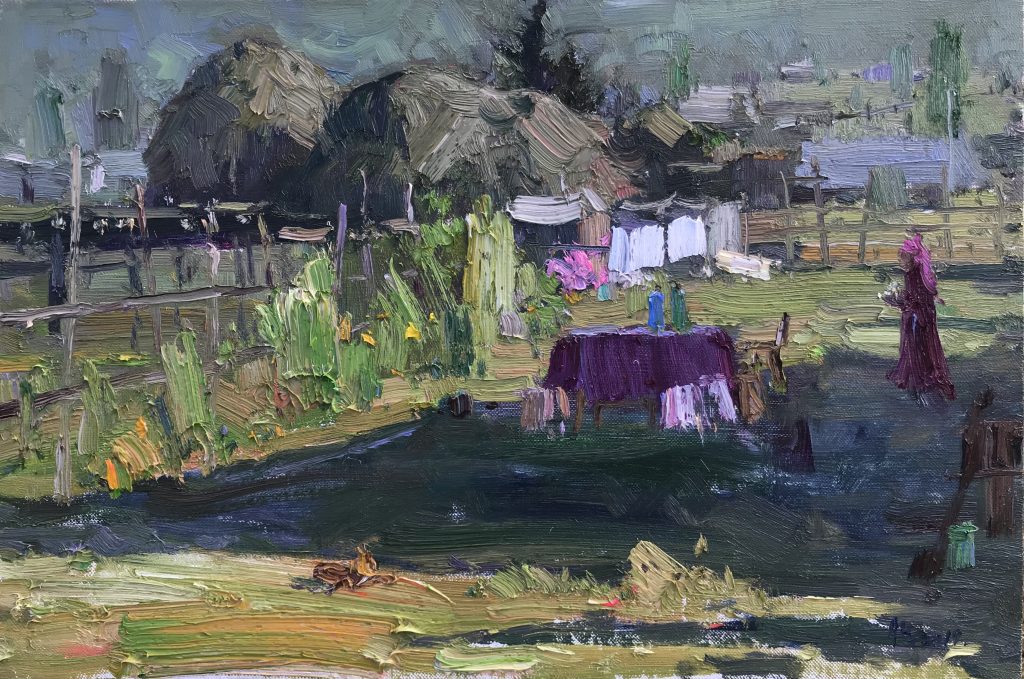
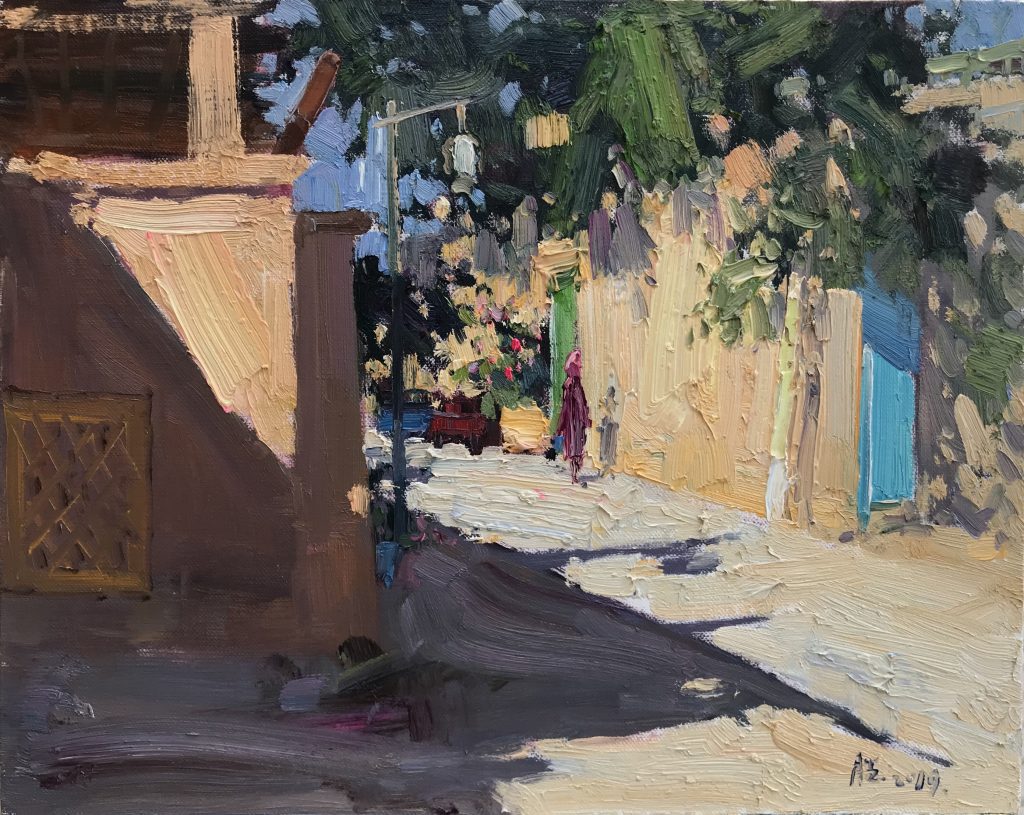
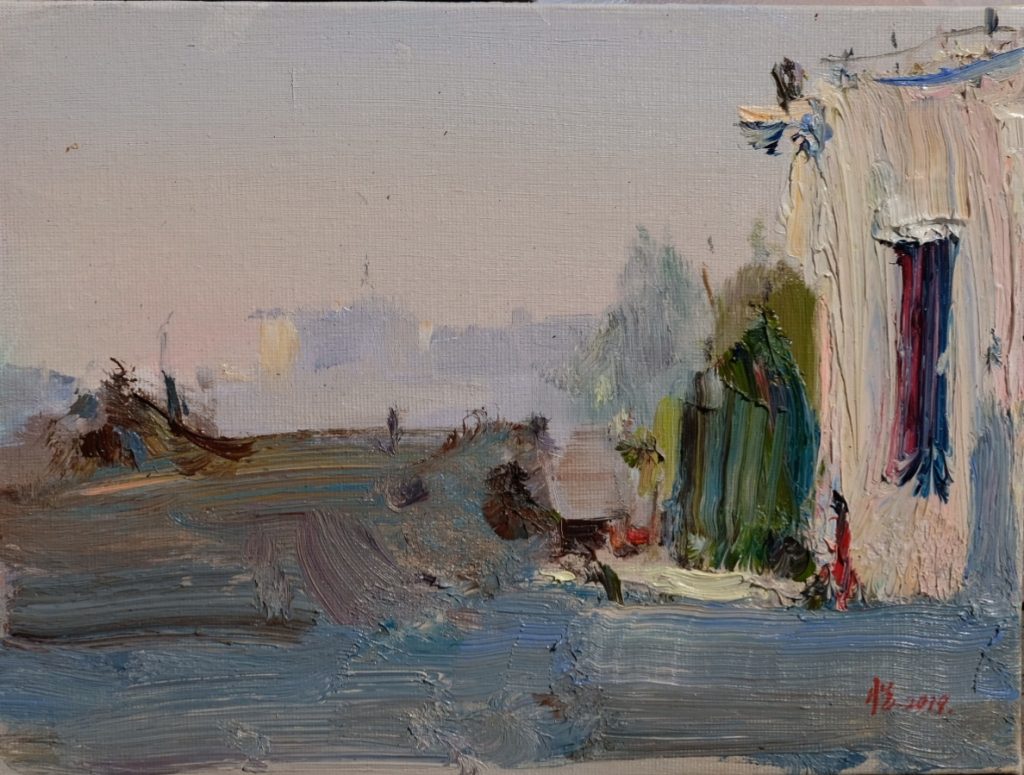
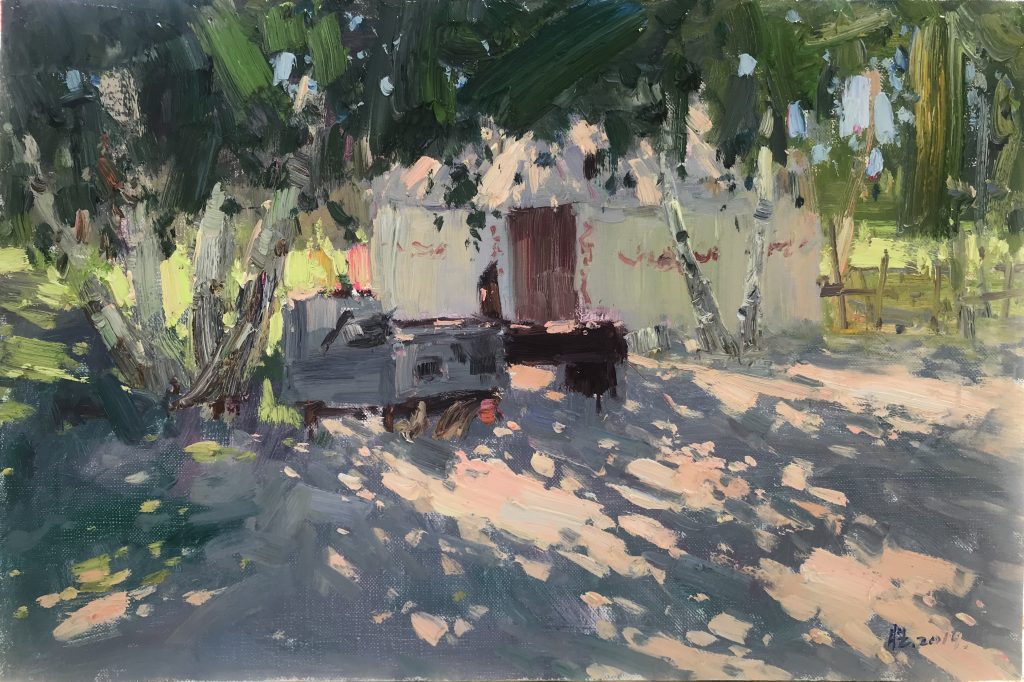
Meng has been studying with Barry and the lessons in the Virtual Art Academy for four years now. He is a very hard worker, and credits his enthusiasm for painting to Barry’s ideas on concept and design, and his capacity for hard work.
Paintings by Meng Qing Sheng from the Xinjiang region of China.
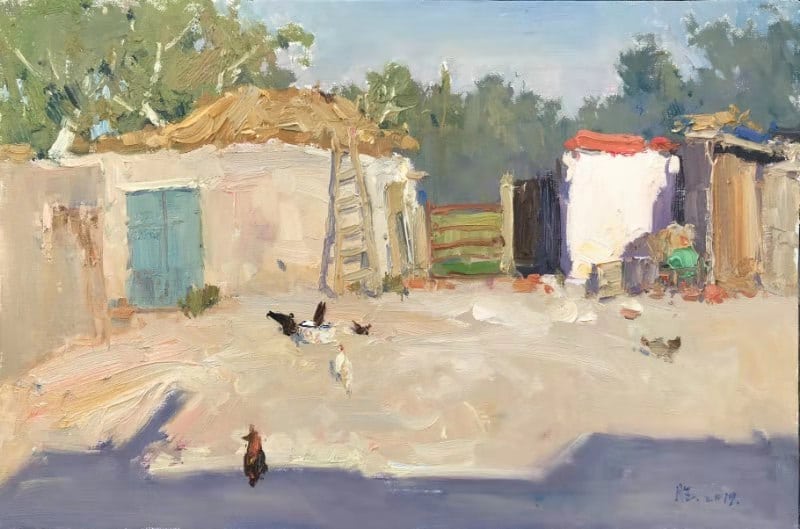
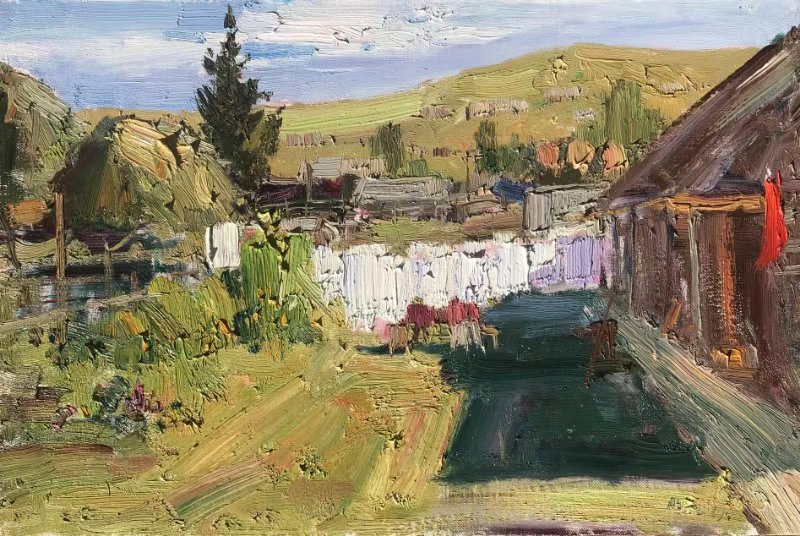
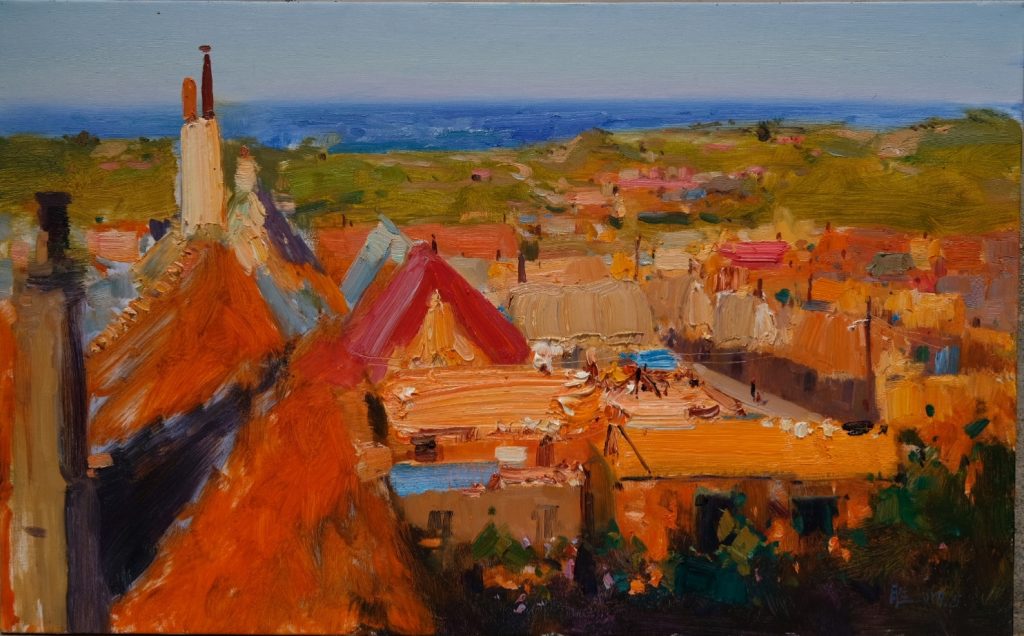
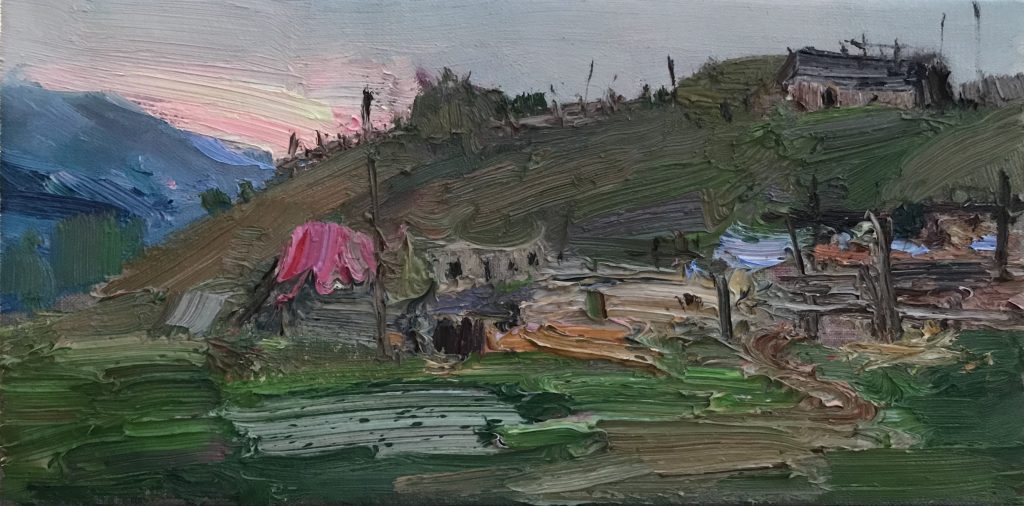
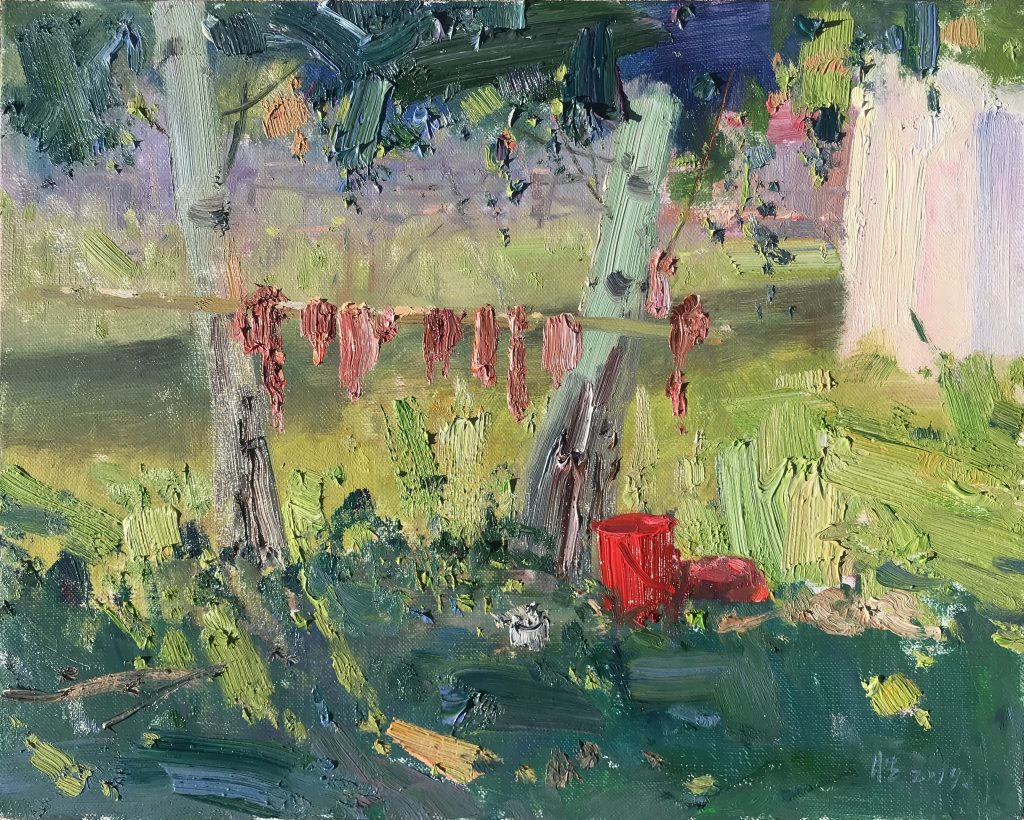
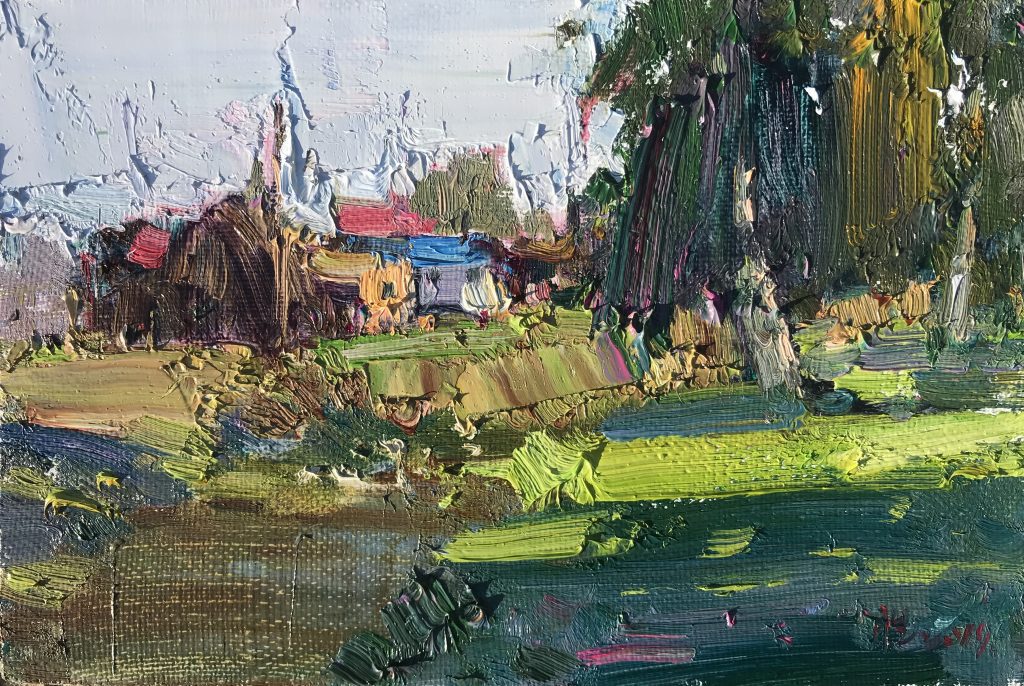
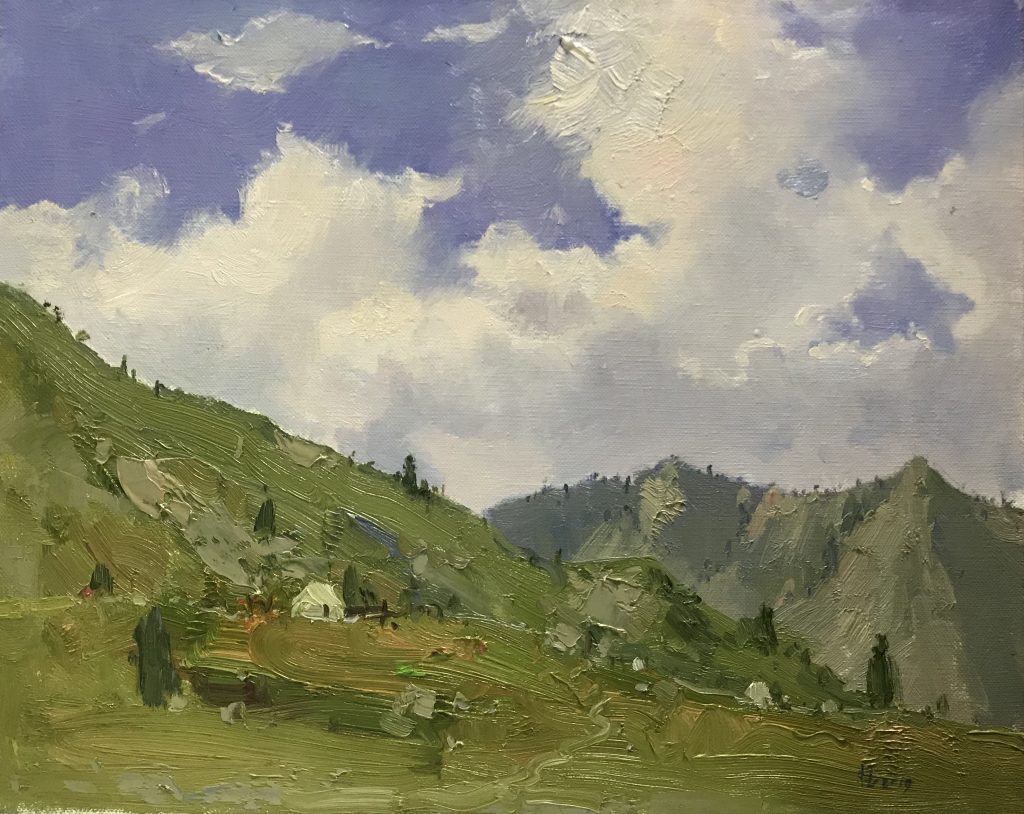
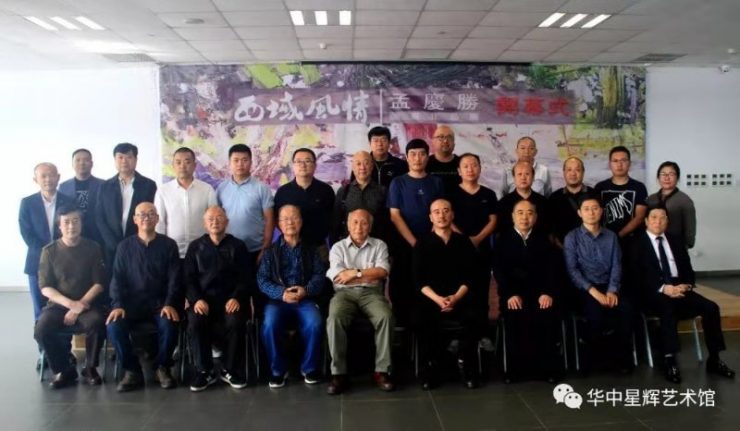

Wonderful work! I am excited about this philosophy. Please share more?
Excellent program with a sequential, gratuated teaching method that allows for flexibility of time and allows you to learn in small increments. I am very happy with the program.
Thank you Kim! I’m glad the program is working well for you.
Barry
Lovely paintings! Good student, good teacher.
Hear, hear, crystal clear, it says it all.
So happy.
Joan Beattie.
South Africa.
It is wonderful to see others who love brush work! Sometimes my work (tho not as loose)…has not been accepted, due to the brush work! Thank you both for sharing!! And here is to a more informed world, on the work you create!!